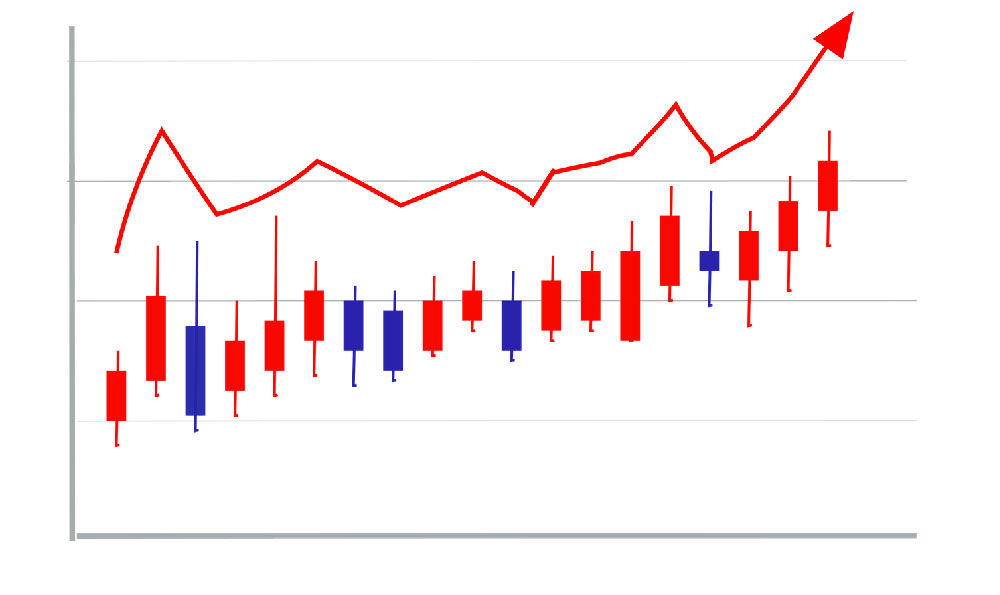Investing in stocks can be a pathway to wealth creation, but it's crucial to approach it with knowledge, strategy, and a realistic understanding of the risks involved. The question of whether it's "worth it" depends entirely on individual circumstances, goals, and risk tolerance. Let's delve into the intricacies of stock market investing to provide a clearer picture.
Before diving into individual stocks, it’s essential to grasp the fundamental concepts. A stock represents a share of ownership in a company. When you buy a stock, you’re essentially becoming a partial owner, entitled to a portion of the company's profits (dividends, if distributed) and a say in certain corporate decisions (through voting rights, though the influence is often minimal for small shareholders).
Investing in stocks can generate returns in two primary ways: capital appreciation and dividends. Capital appreciation refers to the increase in the stock's price over time. If you buy a stock for $100 and sell it for $150, you've realized a capital gain of $50. Dividends are direct payments made by the company to its shareholders, typically on a quarterly basis. Not all companies pay dividends, particularly those focused on growth, as they prefer to reinvest their profits.

However, stock investments also come with considerable risks. The value of a stock can fluctuate significantly due to a multitude of factors, including company performance, industry trends, economic conditions, and even investor sentiment. There is always the potential for a stock to decline in value, even to zero if the company goes bankrupt. This inherent volatility makes understanding and managing risk paramount.
A systematic approach to investing is essential to mitigate these risks. It begins with setting clear financial goals. What are you trying to achieve through stock market investing? Are you saving for retirement, a down payment on a house, or simply seeking to grow your wealth over time? Your goals will influence your investment timeframe and risk tolerance.
Diversification is a cornerstone of risk management. Don't put all your eggs in one basket. Spreading your investments across different stocks, industries, and even asset classes (such as bonds or real estate) reduces the impact of any single investment performing poorly. This can be achieved through purchasing individual stocks across sectors, or more simply, through investing in exchange-traded funds (ETFs) or mutual funds that hold a diversified basket of stocks. ETFs are often passively managed, tracking a specific market index like the S&P 500, while mutual funds can be actively managed by professional fund managers who attempt to outperform the market.
Conduct thorough research before investing in any stock. Don't rely solely on news headlines or stock tips. Analyze the company's financial statements, including its revenue, earnings, debt, and cash flow. Understand the company's business model, its competitive landscape, and its growth prospects. Consider the management team's experience and track record. Publicly available information such as SEC filings, annual reports and earnings calls transcripts offer valuable insights.
Technical analysis, while debated in its effectiveness, is another tool some investors utilize. It involves studying historical price charts and trading volumes to identify patterns and trends that may suggest future price movements. Common technical indicators include moving averages, relative strength index (RSI), and Moving Average Convergence Divergence (MACD). It's crucial to remember that technical analysis is not foolproof and should not be the sole basis for investment decisions.
Dollar-cost averaging is a strategy that involves investing a fixed amount of money at regular intervals, regardless of the stock's price. This helps to reduce the risk of investing a large sum at the peak of the market. When prices are low, you buy more shares; when prices are high, you buy fewer shares. Over time, this can average out your purchase price and potentially improve your returns.
Investing in the stock market is a long-term game. Avoid making impulsive decisions based on short-term market fluctuations. Stay disciplined and stick to your investment strategy. Regularly review your portfolio to ensure it aligns with your goals and risk tolerance. Be prepared to adjust your strategy as your circumstances change.
One common pitfall to avoid is “chasing” hot stocks. These are stocks that have experienced rapid price increases in a short period. While the potential for quick profits may be tempting, these stocks are often overvalued and prone to sharp corrections. Similarly, be wary of penny stocks, which are typically shares of small, illiquid companies with limited financial history. They can be highly volatile and susceptible to manipulation.
Emotional decision-making can be detrimental to your investment performance. Fear and greed are powerful emotions that can lead to poor choices. Don't panic sell when the market declines or become overly optimistic when prices are rising. Stay calm, rational, and focused on your long-term goals.
Finally, consider seeking advice from a qualified financial advisor. A financial advisor can help you assess your risk tolerance, develop a personalized investment strategy, and provide ongoing guidance. Choose an advisor who is fee-only and has a fiduciary duty to act in your best interests.
So, is investing in stocks "worth it"? For those who are willing to educate themselves, develop a sound strategy, and manage their risk effectively, the stock market can offer the potential for significant long-term growth. However, it's essential to approach it with caution and a realistic understanding of the risks involved. It’s not a get-rich-quick scheme, but a tool for building wealth steadily over time. Remember to continuously learn and adapt to market changes, and always prioritize protecting your capital.












